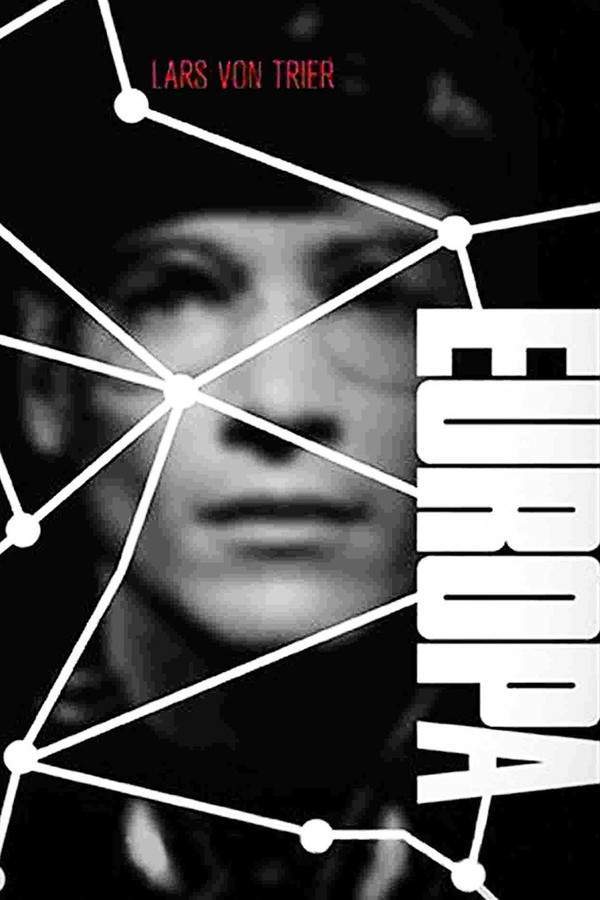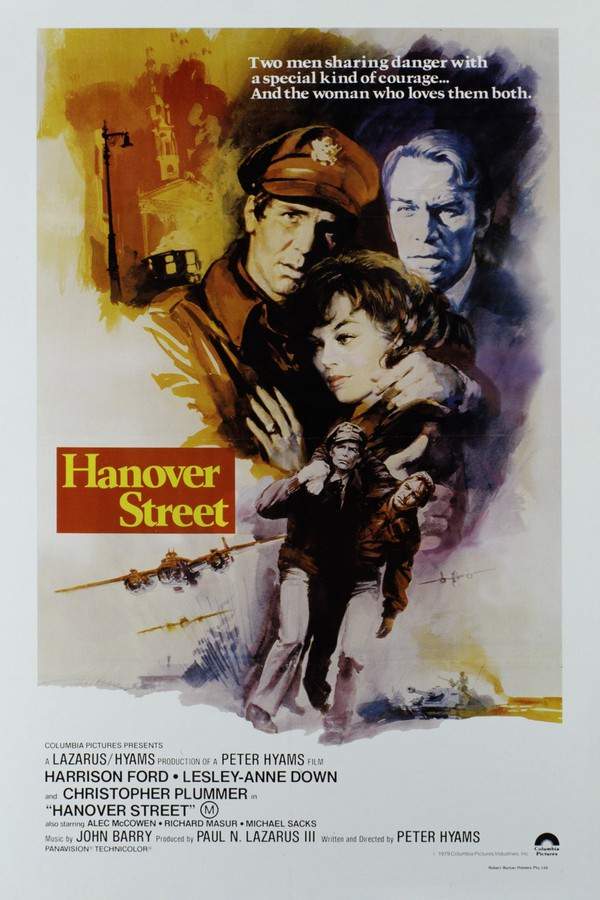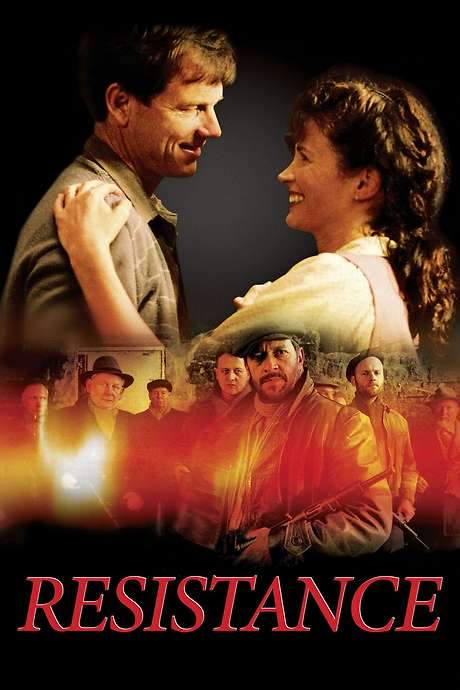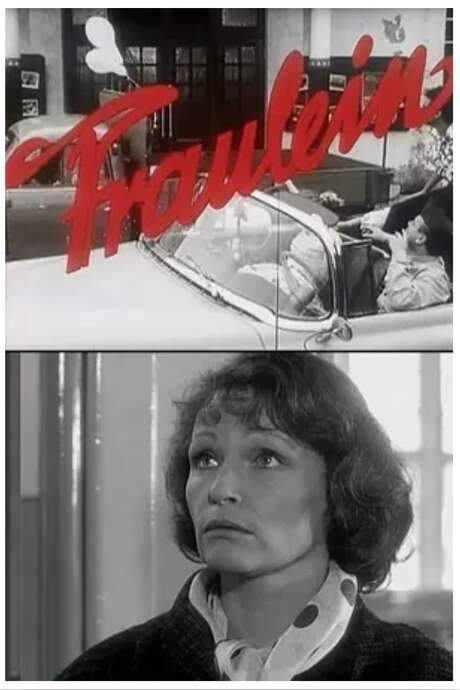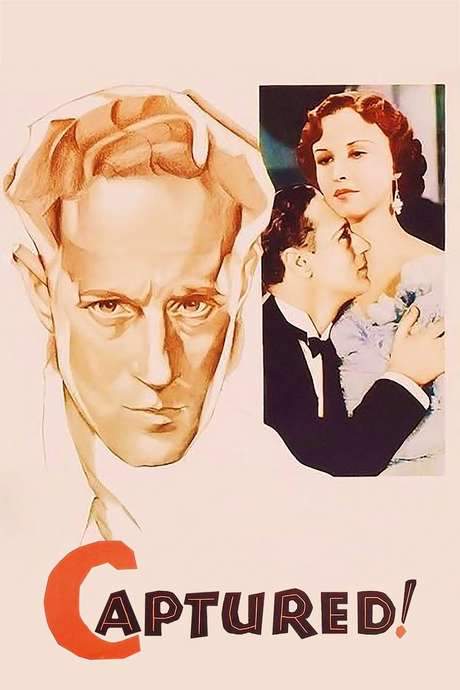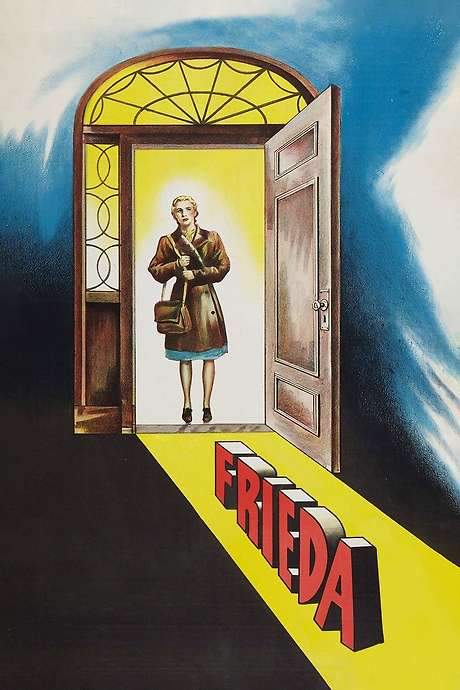
Frieda
Year: 1947
Runtime: 98 mins
Language: English
Director: Basil Dearden
An RAF pilot shot down over Germany during World II manages to escape with the aid of a local German woman. Years later he returns to his English village and brings her back as his bride, forcing the community to confront the uneasy question of whether they can accept the woman who once helped a enemy pilot survive.
Warning: spoilers below!
Haven’t seen Frieda yet? This summary contains major spoilers. Bookmark the page, watch the movie, and come back for the full breakdown. If you're ready, scroll on and relive the story!
Frieda (1947) – Full Plot Summary & Ending Explained
Read the complete plot breakdown of Frieda (1947), including all key story events, major twists, and the ending explained in detail. Discover what really happened—and what it all means.
Frieda is a German woman who helps English airman Robert Dawson escape from a German prisoner-of-war camp as the Second World War nears its end. She loves him; he is grateful to her. In a fragile moment forged by danger and hope, a church that sits right on the line between the Russian and German territories becomes the unlikely setting for a grimly practical union: he marries her so she can obtain a British passport. The act is not born of romance alone, but of necessity, a bid to secure a future together in a world still torn by conflict and shifting loyalties. They then travel to his Oxfordshire home, stepping into a quiet, sun-dappled countryside that will soon test the very meaning of home, loyalty, and belonging.
There, Frieda enters a tense, intimate crucible of family life. She meets Nell Dawson, the mother figure in the household, along with a lively mix of relatives and neighbors who populate the town’s daily rhythms: his small stepbrother Tony, the even-tempered beauty Judy Dawson who is also the widow of Robert’s brother, and Aunt Eleanor, a sharp, outspoken voice in local politics whose anti-German stance runs deep. The initial welcome is far from warm. The townspeople are suspicious, and the simple, ordinary routines of life—teaching, farming, and community gatherings—become uneasy stages for fear, misunderstanding, and whispered judgments. Robert, for his part, feels the weight of his past as a teacher slip away as he adjusts to a farming life with Frieda, trading classroom certainty for a different kind of labor and a new rhythm of days.
Over time, the ice in the town begins to melt. Frieda’s presence is slowly accepted, even as Aunt Eleanor remains wary and distant. The bond between Frieda and Judy grows in a way that neither Robert nor anyone else fully anticipates; Judy, though she keeps her own hidden feelings for Robert, offers a quiet, steadfast friendship that becomes a counterpoint to the town’s frayed nerves. With the farm becoming their shared space, the couple discovers a measure of peace and a renewed sense of purpose. Robert starts to shed the heaviness of his wartime memories as he looks at Frieda not through the lens of her country of origin but through the everyday human choices that bind people together—food, work, care, and companionship. Yet the shadow of the war and its brutal history never полностью disappears from view, and a screening of a film about the Bergen-Belsen horrors unsettles Frieda deeply, reminding them all of the cruelty that once defined her homeland and forcing them to confront the fear that history could fracture what they have built.
Into this fragile equilibrium arrives Richard, Frieda’s brother, a man who has lived away from his sister’s world and who appears with a complex, unsettling history. Richard is, at first, welcomed with cautious relief, because his return seems like a sign of family healing. However, the truth begins to surface: he has remained a Nazi at heart, and his outward show of brotherly affection is undercut by a chilling gift—the swastika on a chain that he gives Frieda as a wedding present. The revelation lands like a physical blow, and in a crowded pub the atmosphere sharpens as the crowd—considered voices of conscience—denounces him as one of the guards at a concentration camp. In private, he admits to Robert the harsh truth of his past and asserts that Frieda had known and approved of his actions, an accusation that wounds both Frieda and the bond they have struggled to protect.
The confrontation marks a turning point. A rift opens between Robert and the specter of German brutality, and he begins to recoil from everything he once associated with as German or German-influenced. Frieda feels the tremor of fear that their marriage might crumble under the weight of these revelations, but she also clings to the connection they have forged through shared labor, mutual care, and a stubborn, stubborn hope. The couple’s crisis is not merely about past loyalties; it is a test of their capacity to redefine humanity in the face of inherited hatred.
When Frieda’s fear intensifies, she makes a desperate bid to escape pain through self-harm. She survives the act, and the moment of crisis becomes the catalyst for a deeper awakening in Robert. He rushes to her side, and in the shock of seeing how close he came to losing her, he experiences a reinvigorated sense of what he has built with her and what it would mean to lose it. This near-tragic moment helps him understand that his faith in Frieda—despite the suspicion and the prejudice she has faced—was justified. The bonds of trust deepen as he confronts the ugliness of intolerance that has haunted their world.
In the emotional aftermath, Aunt Eleanor’s own long-held prejudices begin to loosen, and she recognizes that treating people as if they were less than human erodes not only others’ humanity but one’s own. The film closes on a quiet, hard-won note of reconciliation and resilience—an acknowledgment that compassion and perseverance can translate into a more humane understanding of others, even when history has left scars that seem too deep to heal. As the community slowly redefines what it means to belong, the story lingers on the enduring truth that love and empathy can bridge divides that once felt insurmountable.
You cannot treat human beings as though they were less than human—without becoming less than human yourself.
Last Updated: October 09, 2025 at 14:12
Unlock the Full Story of Frieda
Don't stop at just watching — explore Frieda in full detail. From the complete plot summary and scene-by-scene timeline to character breakdowns, thematic analysis, and a deep dive into the ending — every page helps you truly understand what Frieda is all about. Plus, discover what's next after the movie.
Frieda Timeline
Track the full timeline of Frieda with every major event arranged chronologically. Perfect for decoding non-linear storytelling, flashbacks, or parallel narratives with a clear scene-by-scene breakdown.

Similar Movies to Frieda
Discover movies like Frieda that share similar genres, themes, and storytelling elements. Whether you’re drawn to the atmosphere, character arcs, or plot structure, these curated recommendations will help you explore more films you’ll love.
Explore More About Movie Frieda
Frieda (1947) Scene-by-Scene Movie Timeline
Frieda (1947) Movie Characters, Themes & Settings
Frieda (1947) Spoiler-Free Summary & Key Flow
Movies Like Frieda – Similar Titles You’ll Enjoy
A Woman in Berlin (2009) Full Movie Breakdown
Frantz (2017) Film Overview & Timeline
Fraulein (2008) Full Summary & Key Details
Europa (1992) Spoiler-Packed Plot Recap
The Scoundrel's Wife (2003) Spoiler-Packed Plot Recap
Hanover Street (1979) Detailed Story Recap
The War Bride (2001) Full Summary & Key Details
Die Luftbrücke (1000) Plot Summary & Ending Explained
Resistance (2003) Ending Explained & Film Insights
Welcome in Vienna (1985) Full Summary & Key Details
Fraulein (1986) Story Summary & Characters
Verboten! (1959) Complete Plot Breakdown
Captured! (1933) Complete Plot Breakdown
Fraulein (1958) Plot Summary & Ending Explained
A Time to Love and a Time to Die (1958) Spoiler-Packed Plot Recap






